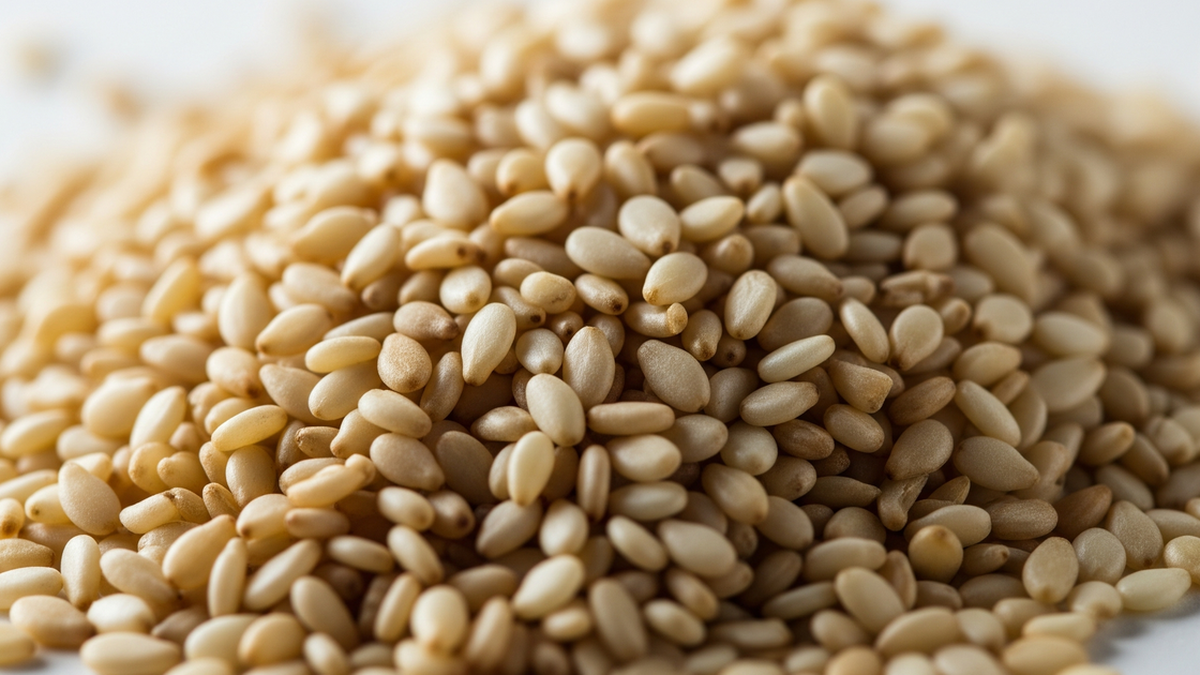
Incorrect breathing can easily lead to many health problems - Photo: CN
Famous sports doctor, Jack Daniels (USA) gives useful advice on breathing while jogging.
The dangers of breathing incorrectly while jogging
1. Dizziness and fainting
When you take shallow breaths or hold your breath while running, the amount of oxygen delivered to your brain is reduced, leading to feelings of dizziness or fainting. This is especially dangerous during high-intensity exercise or when your body is not used to the level of activity.
2. Get tired quickly
Irregular or shallow breathing prevents your muscles from getting enough oxygen, reducing performance and causing you to tire more quickly. This hinders your workout and reduces the effectiveness of your workout.
3. Sudden increase in blood pressure
When you hold your breath while lifting weights or doing strenuous exercises, your blood pressure can spike, putting your heart and circulatory system at risk. This can lead to serious health problems if left unchecked.
4. Lower blood pressure after exercise
Breathing incorrectly can cause your blood pressure to drop after exercise, making you feel lightheaded or off balance. This is especially dangerous when you stand up suddenly after resting.
5. Reduced body recovery ability
Inefficient breathing reduces the ability to deliver oxygen to your muscles, prolongs recovery time, and increases the risk of injury. This negatively affects your training and results.
Principles of proper breathing
1. Take deep breaths from your belly (diaphragmatic breathing).
2. Combine inhaling through the nose and exhaling through the mouth.
3. Breathe in rhythm with your steps.
Instead of taking shallow chest breaths, take deep belly breaths. When you inhale, your belly expands; when you exhale, your belly deflates. This technique increases your lung capacity and delivers more oxygen to your body.
Inhaling through your nose and exhaling through your mouth helps you control your breathing better and ensures optimal oxygen intake. When running at high intensity, you can inhale and exhale through your mouth to increase the amount of air entering your lungs.
Adjust your breathing to your running pace. For example, during a slow run, you can use a 3:3 breathing pattern (inhale for 3 steps and exhale for 3 steps). This breathing pattern helps distribute oxygen and carbon dioxide evenly, maintaining a steady breathing rhythm.

Breathing properly is very important when running - Photo: TTO
Breathing rhythm suitable for running style:
Slow running: 3:3.
Run: 2:2.
Speed: 2:1.
Sprint: 1:1.
Practice and improve breathing techniques
Practice deep breathing: Focus on breathing from your belly instead of your chest.
Practice rhythmic breathing: Start with slow breathing and gradually increase as your body gets used to it.
Maintain regular exercise: Regular jogging improves breathing ability and increases endurance.
Source: https://tuoitre.vn/cach-hit-tho-dung-cach-khi-chay-bo-2025041807354099.htm



















































![[Maritime News] More than 80% of global container shipping capacity is in the hands of MSC and major shipping alliances](https://vphoto.vietnam.vn/thumb/402x226/vietnam/resource/IMAGE/2025/7/16/6b4d586c984b4cbf8c5680352b9eaeb0)













































Comment (0)